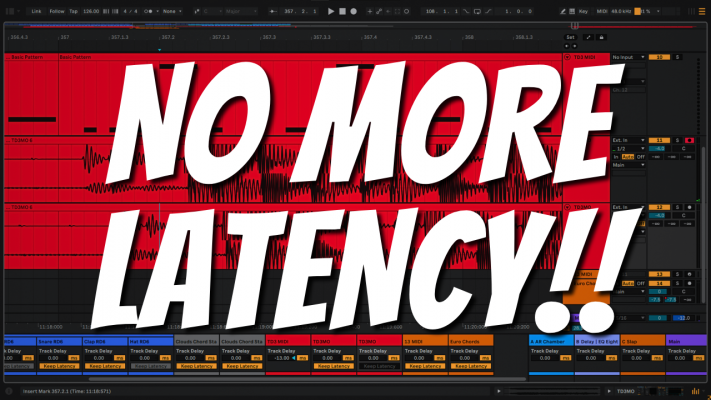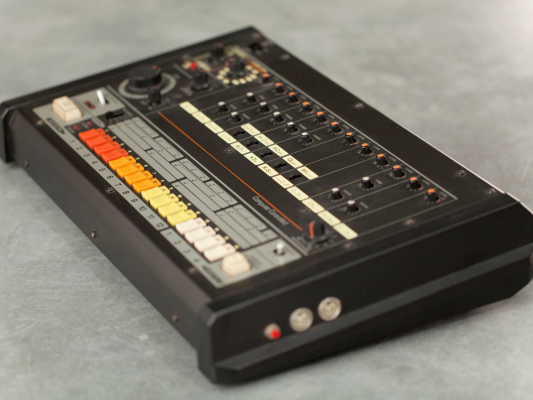Giving feedback is an art in itself
Everybody listens to different kinds of music. Just like some people love to eat sushi when others can’t stand it, there are people who love your music when others hate it. Giving feedback to other people’s music can quickly escalate into an argument about why that kind of music fights with your own musical taste. There is an art in giving feedback as much as there is an art in creating the music itself.
When you ask a friend for his advice on your latest track, you expect it to be helpful. You don’t want to hear something like “Dope track bro, keep it up!”. Of course, it is pleasing to hear that your peers like your music. But it doesn’t help you improve. What you need to hear is constructive feedback. 
Be specific
So, if someone asks you for your feedback on his or her track, try to be specific and objective. Start out by saying something positive. There is always something good to say about a track even if it still needs a huge amount of work. Starting out with a positive statement connects you with the person you are talking to and makes them consider your feedback as valued advice.
After you’ve said something positive think about the current stage the project is in. Is it just a sketch? A demo recording? Or is it going to be released soon? Giving feedback on a mix when you just listened to a rough sketch isn’t helpful. So, it might be smart to ask the person what he or she is expecting feedback on.
Use references
Try to relate your feedback to commonly known references. If you are giving feedback on a mix for example and the mix is lacking low end, try to name a few professionally-produced references for the person to check out and compare his mix to. By referencing other tracks, you bypass your own subjective thoughts and use the experience of people who already made it in the industry.
If you think the song is heading in a certain direction, share your thoughts and ask if the person feels the same. It is always wise to know if both of you are on the same page. Be careful which terms you use. Boxy, bright, mellow or groovy are terms that aren’t necessarily set in stone and their meaning can differ from person to person. Therefore, try to stick to theoretical or scientific terms like 8th note swing or everything between 100Hz and 400Hz.
What is the goal?
Use commons terms like contrast, dynamics, rhythmic density, form, arrangement techniques, and the likes. But always keep the goal of the music in mind. If you were given the opportunity to edit this track, you might push it into an entirely different direction then it’s original creator. Always relate to his intentions. Just because 9 out of 10 songs have a verse/chorus form that doesn’t mean this song will work out by using the same structure. By asking specific questions you’ll get to know why certain decisions are made and you can comment on that.
You don’t have to convince the person to do things your way. Just present him with a couple of options and he will form his own opinion. In the end, everyone has to start somewhere and by providing valuable feedback you will help them improve quickly.












